
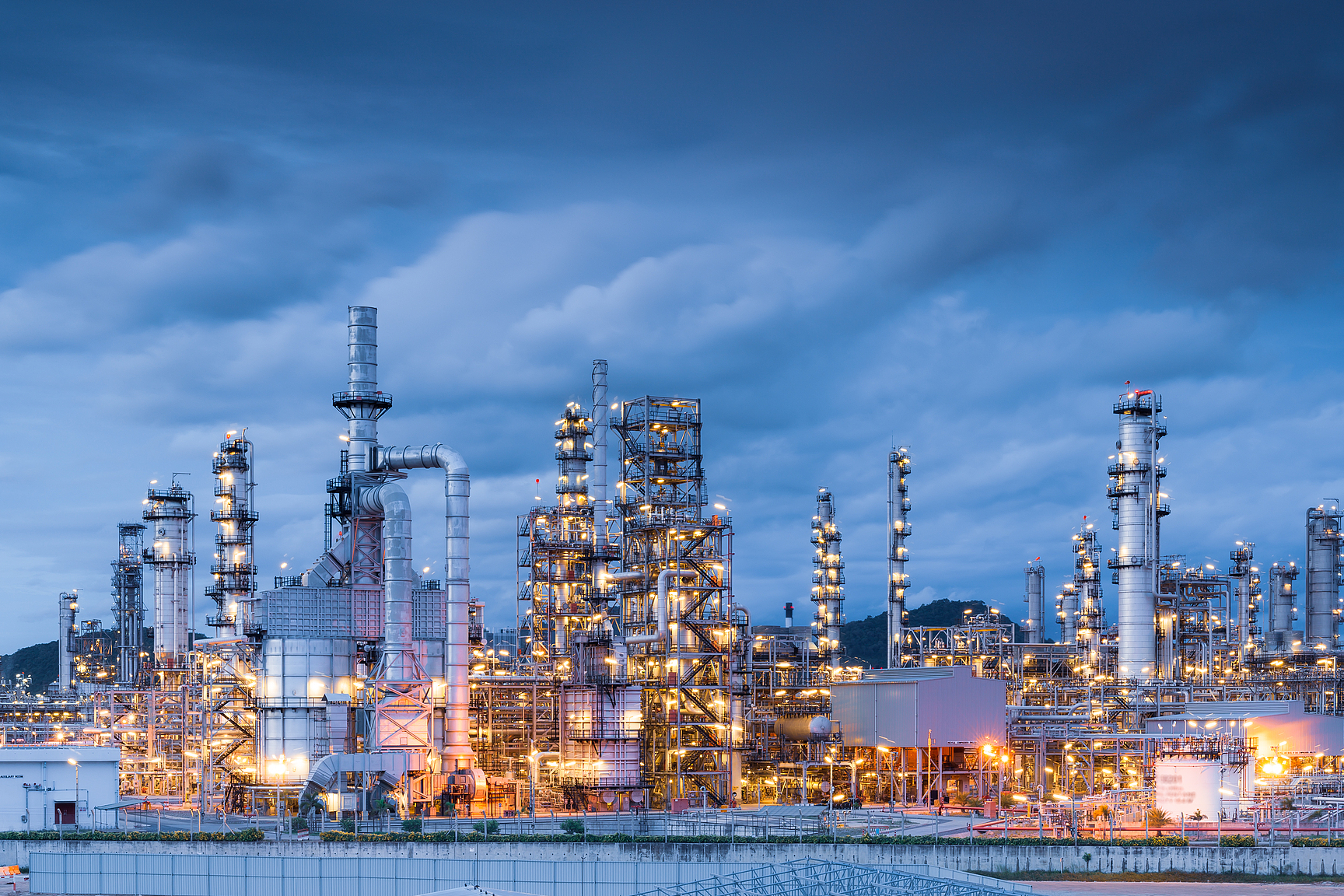

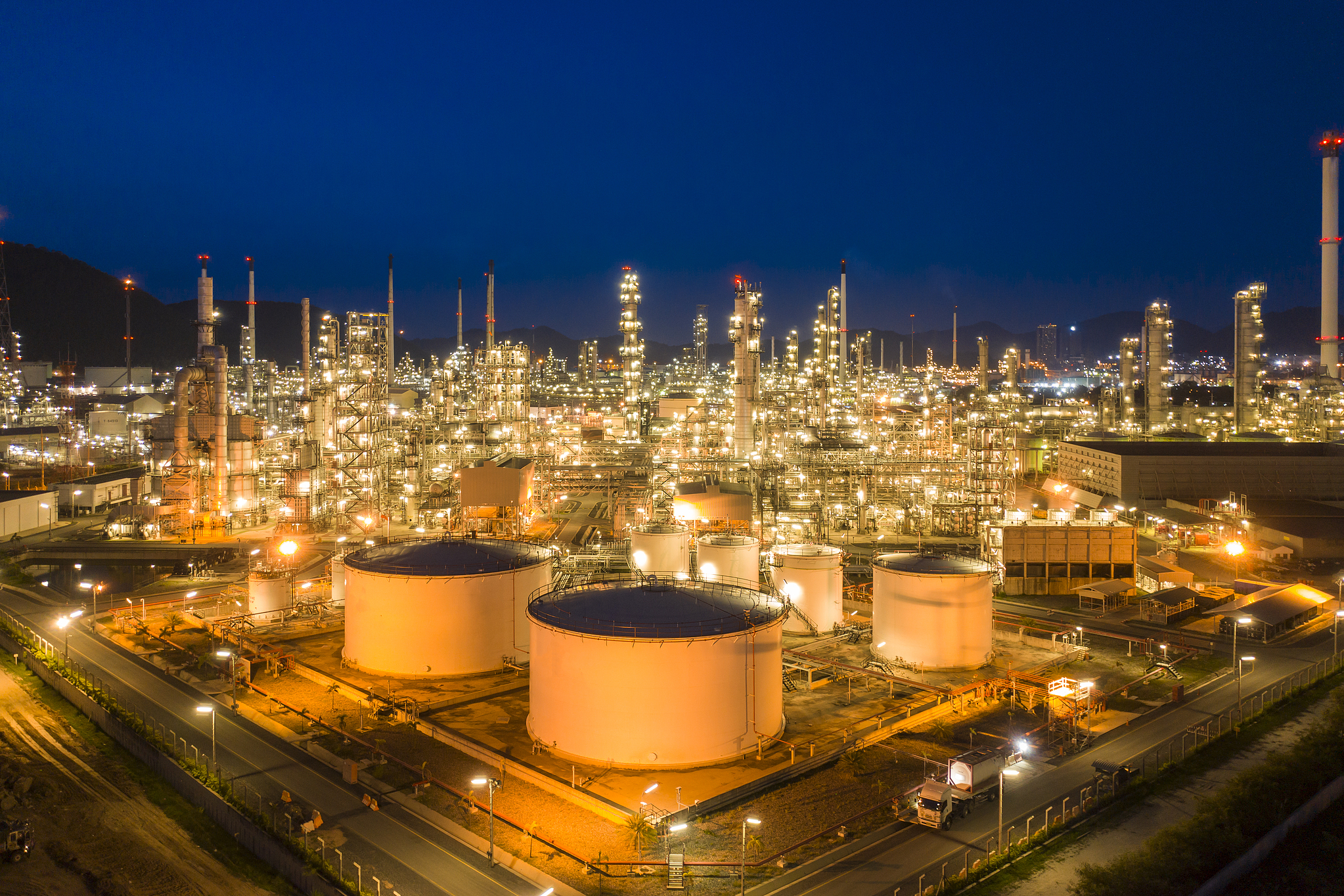

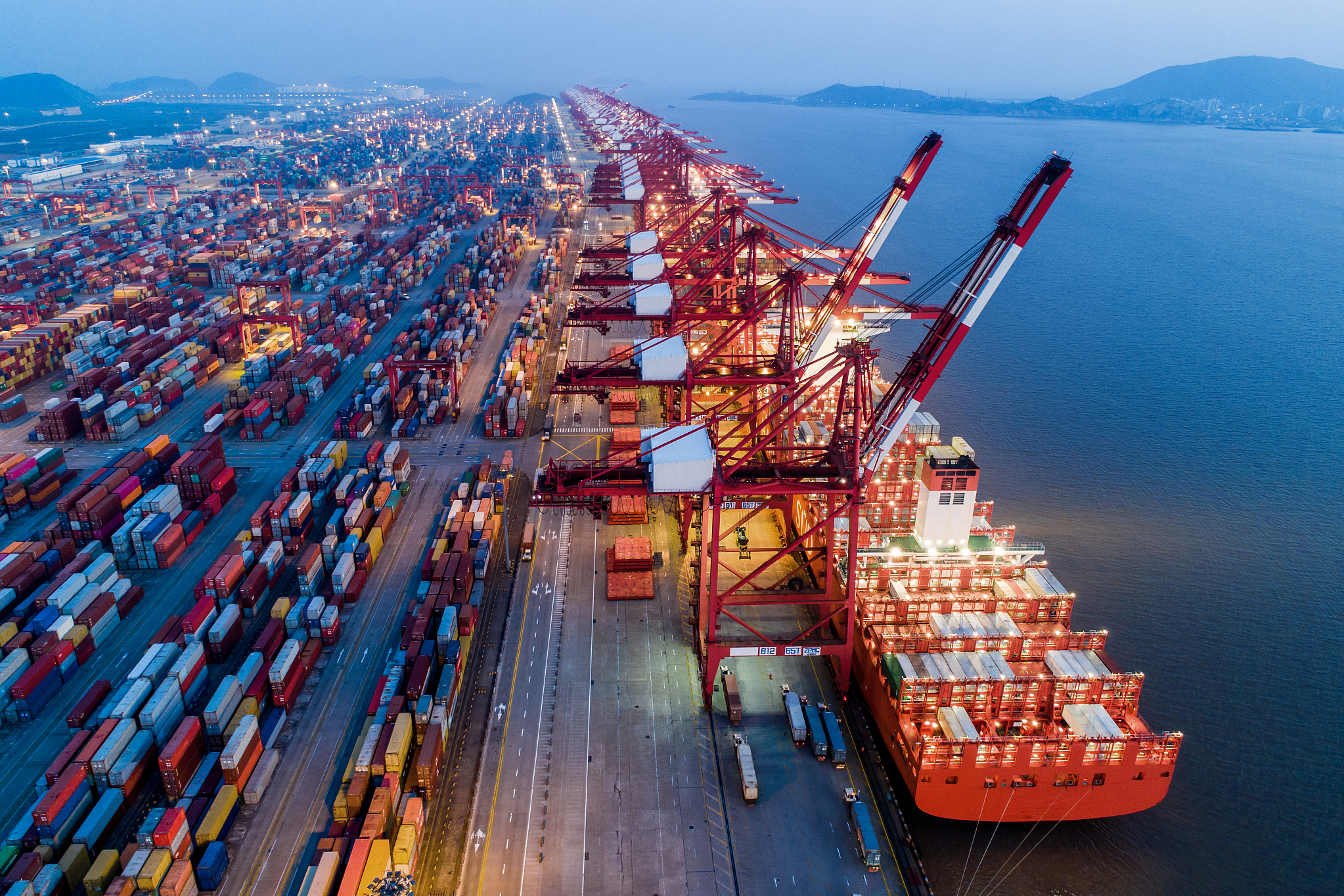
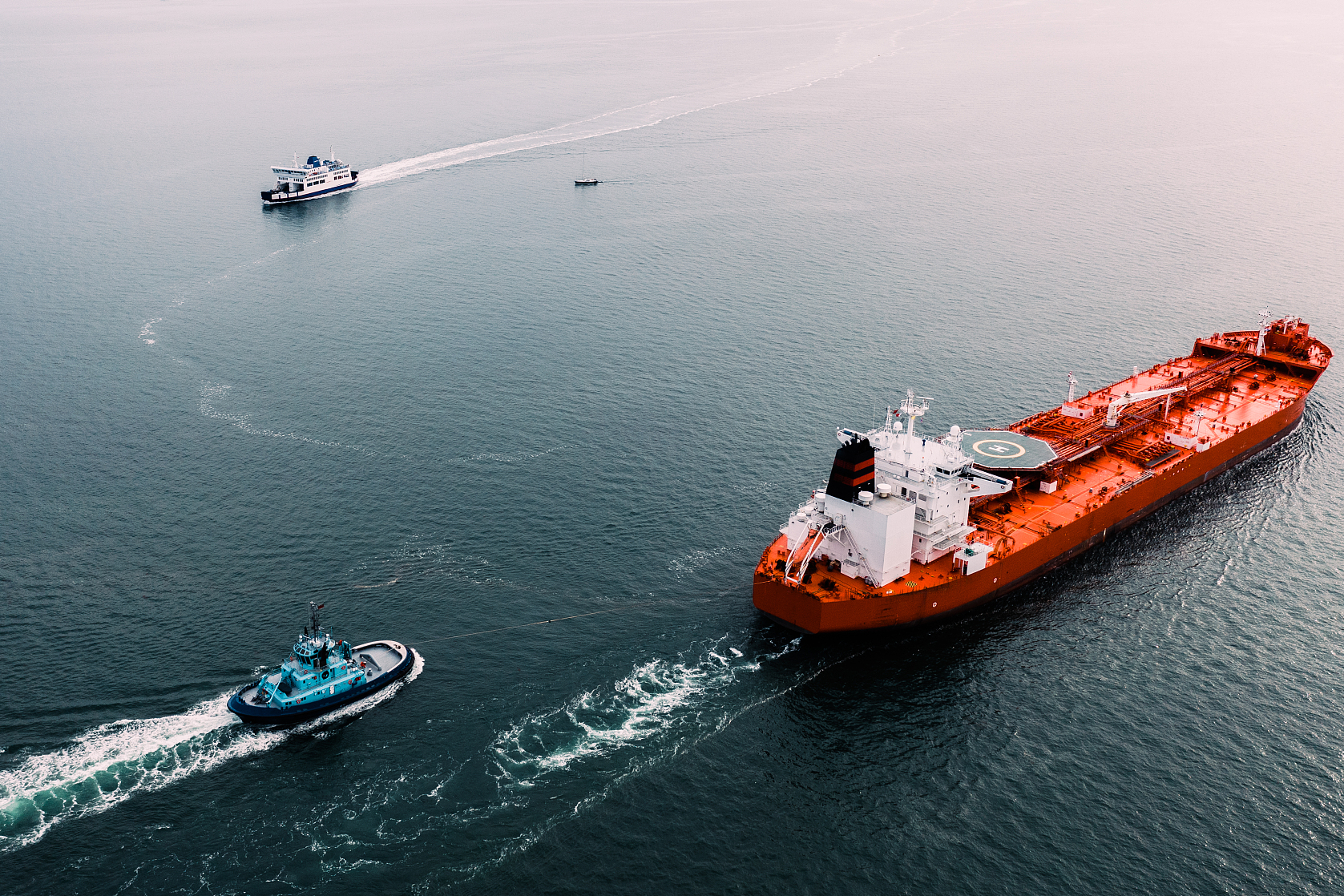

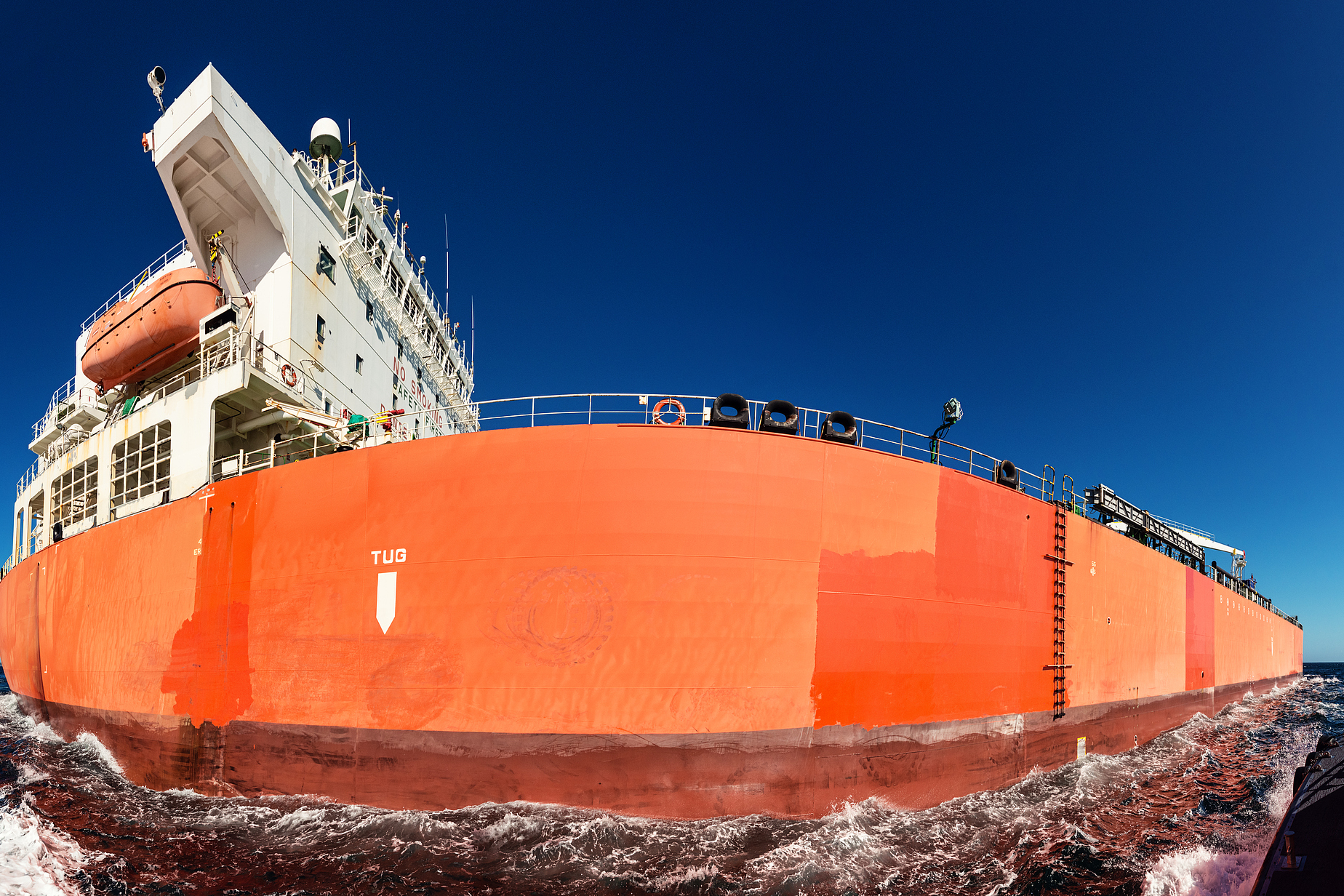
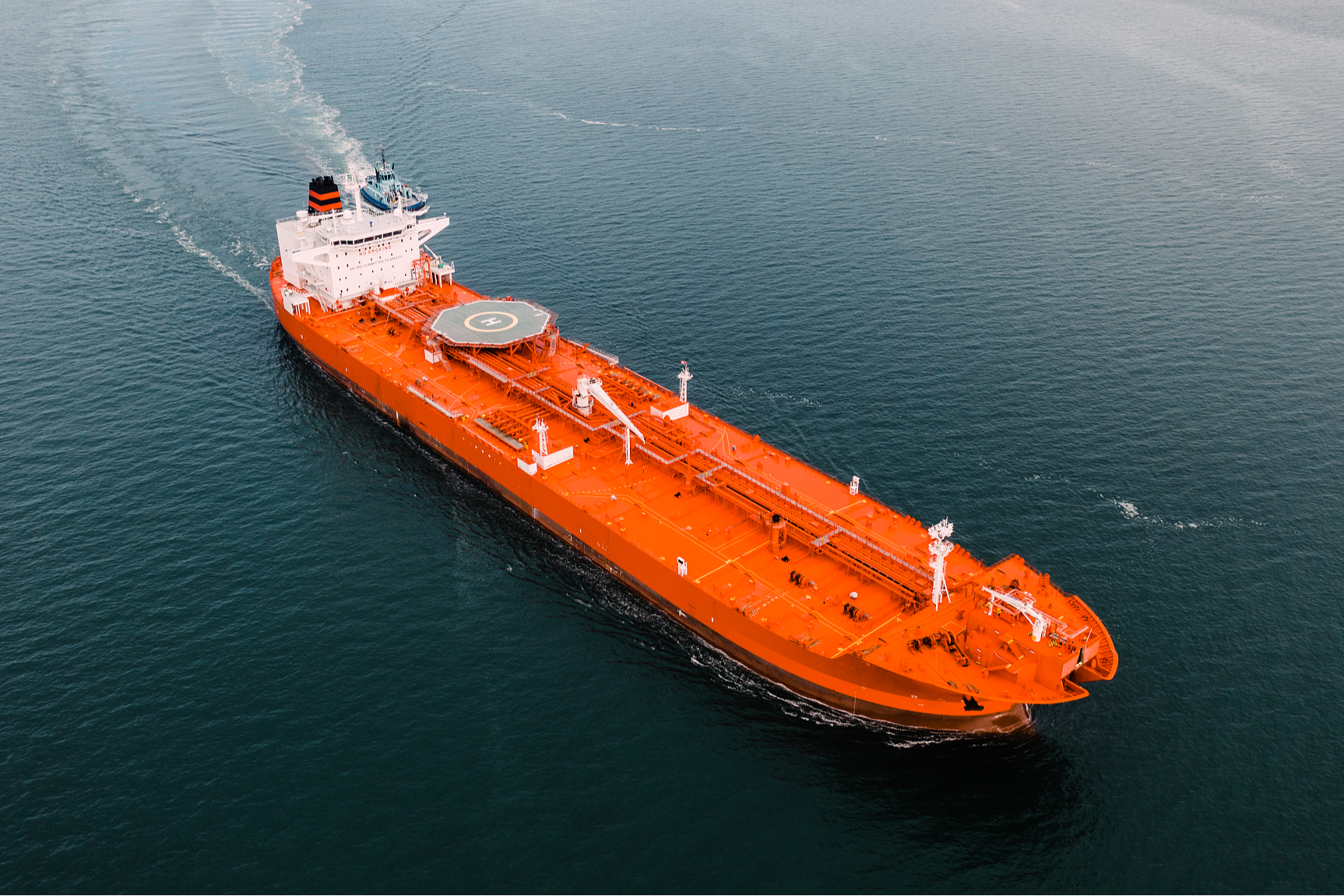
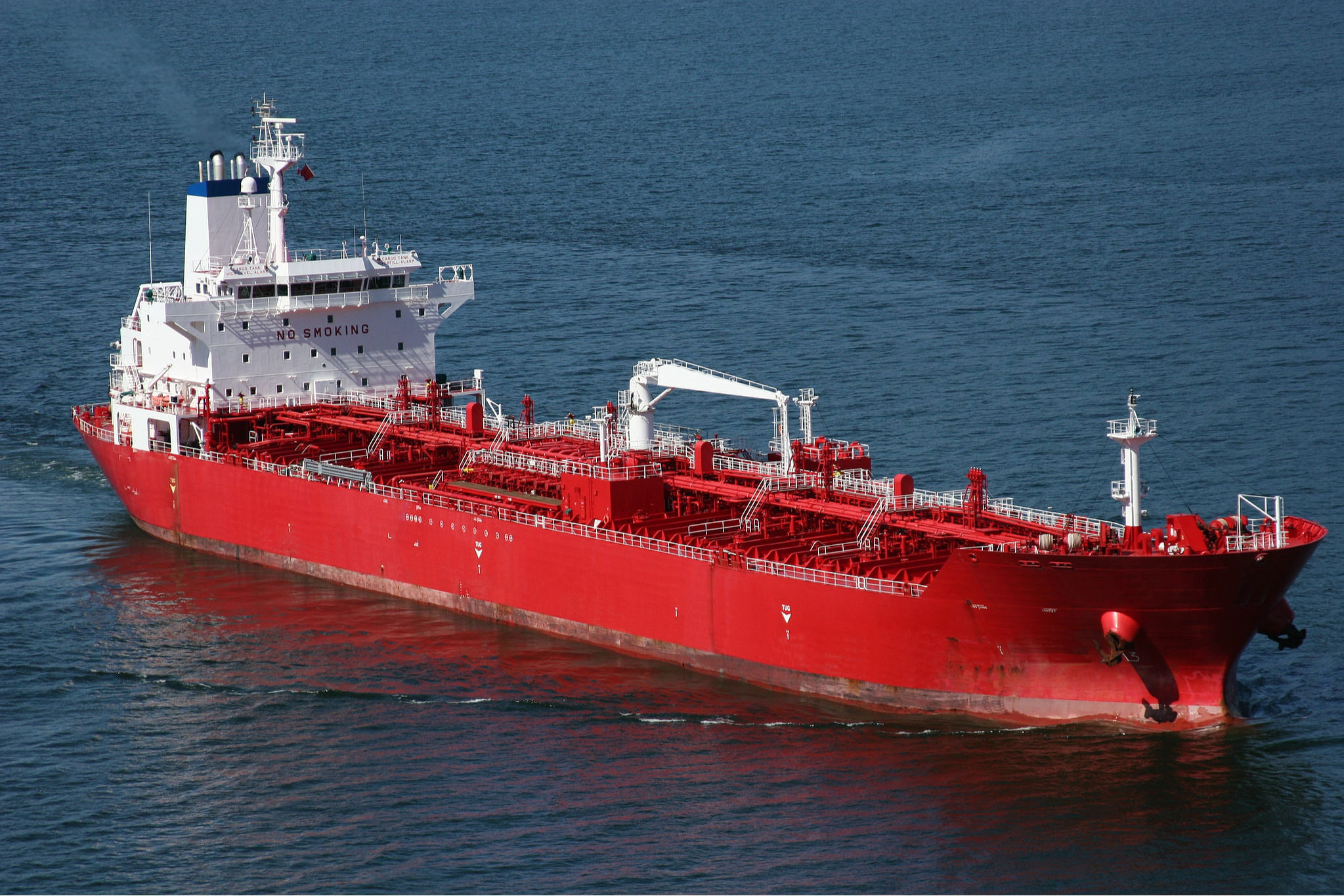
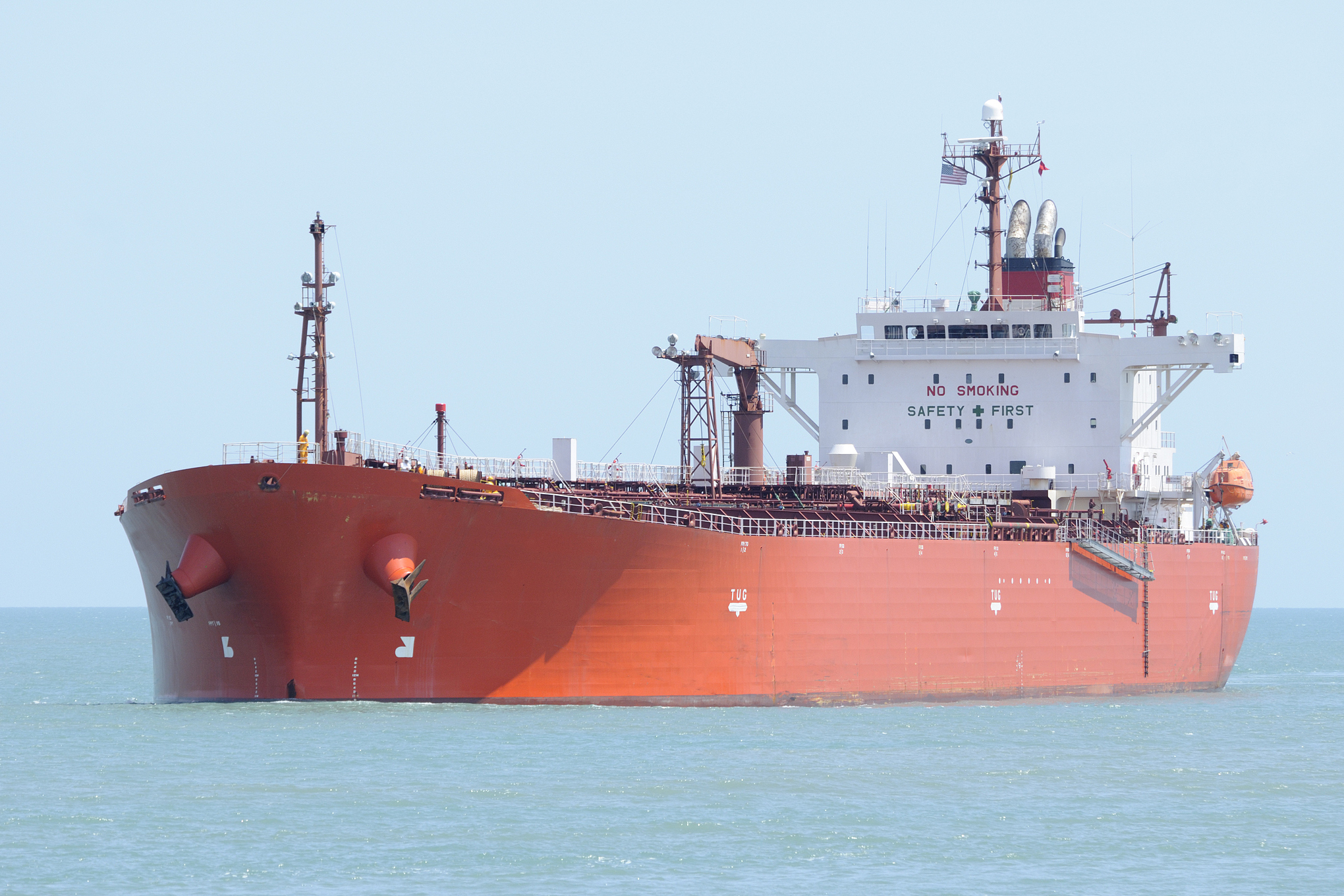
Acrylic acid derivatives are really important when making butyl acrylate monomer because of how they're built chemically and how flexible they are during polymerization. Most of these compounds have those special double bonds lined up next to each other, which makes them work well in different reactions like free radical polymerization. The actual polymer making process happens through three main steps: starting off, growing out, and finally stopping. During this time, little bits called radicals (from special starters) hook onto the monomers and build up into long chain molecules. When creating butyl acrylate specifically, keeping everything under control matters a lot. That's why labs use catalysts along with just right temperatures and pressures to speed things up properly and manage how big the polymer ends up being. There are several ways to do this polymer stuff too – suspension, emulsion, and bulk methods come to mind. All these approaches rely on carefully adding those catalysts at the right moments, which helps make sure the final product stays consistent batch after batch.
When combined with butyl acrylate, methyl methacrylate plays a really important role in improving acrylic polymers. The process of copolymerization actually boosts both strength and flexibility, which matters a lot for making durable stuff. Take a look at what happens when MMA gets mixed into the copolymer matrix – tests show around a 30% increase in tensile strength plus better flexibility overall. But there are some things to watch out for too. Compatibility problems sometimes pop up when mixing with other polymers because their chemical structures just don't match up so well. What manufacturers notice is that adding MMA tends to reduce stickiness while making the material harder, which works great for items needing solid structural support. Paint and coating industries especially benefit from these properties since the final product stands up much better against UV light and harsh weather conditions. This makes MMA a go-to ingredient for creating those long lasting materials everyone wants nowadays.
Butyl acrylate coatings stand out because they can bend and stretch really well, plus they have what's called a low glass transition temperature or Tg for short. When these coatings get cold enough around minus 45 degrees Celsius they start going from hard and brittle to soft and pliable. That makes them great for places where things get super chilly or hot without cracking off. Take cars and airplanes for example both industries rely on this kind of coating since vehicles often face all sorts of weather extremes during operation. The ability to stay intact under different climate conditions helps keep painted surfaces looking good longer term even when exposed to harsh environments across various geographic regions.
Butyl acrylate really shines when it comes to sticking to different materials. We've seen time and again how coatings with this ingredient hold on better to surfaces like metal, plastic, and wood, even when things get tough out there in real world conditions. Getting good adhesion starts with proper prep work though. Nobody gets great results without cleaning and preparing surfaces right first. This basic step makes all the difference for long lasting bonds and coatings that don't peel off after a few weeks. That's why so many folks in construction and manufacturing turn to butyl acrylate based products. When durability matters most, these coatings just tend to perform better over time compared to alternatives.
Butyl acrylate stands out when it comes to standing up against bad weather because of how its chemistry works. The stuff just naturally resists UV damage from sunlight and keeps water at bay too. That's why so many contractors reach for butyl acrylate based products whenever they need something that can handle being outside all year round. Real world tests show these coatings last way longer than standard alternatives before they start looking worn down or peeling off surfaces. What happens here is pretty straightforward really the material doesn't break down under sun exposure and stays stable even when wet conditions set in. Buildings painted with such coatings stay looking good for much longer periods without needing constant touch ups. For anyone working on exterior projects where paint has to survive rain, snow, and sun beating down day after day, butyl acrylate formulations are definitely worth considering as top tier materials for long lasting protection.
Meeting VOC regulations in industrial coatings matters a lot for protecting the environment and staying within legal boundaries. Regulatory agencies like the EPA along with international organizations have put strict rules in place to cut down on VOC emissions because these chemicals really hurt air quality and pose health risks. Look at the numbers: coatings with high VOC levels are major contributors to pollution problems around the world. Switching to low VOC options can slash this pollution by about 60%, according to recent studies. Butyl acrylate based formulas work well for meeting these requirements, offering green alternatives that still perform as needed. When companies stick to these standards, they know their products will be safe across different manufacturing settings and help move toward more sustainable practices overall.
Getting a handle on viscosity and how long coatings take to cure matters a lot when assessing industrial coatings. The thickness of a coating makes all the difference in how it gets applied. Thicker stuff needs special techniques just to get it spread evenly without clumping or streaking. And don't forget about what happens after application either. Viscosity actually plays into whether the finished product will hold up over time and look good while doing it. Then there's the matter of cure time, which really impacts how fast production moves along. When coatings dry quicker, factories can churn out more products without compromising quality. Industry data shows that these two factors work hand in hand. Lower viscosity generally means faster drying times for most coatings, including butyl acrylates. Manufacturers who tweak their viscosity parameters often see noticeable improvements in both speed and end results across various applications.
Before industrial coatings hit the market, they go through all sorts of testing to check how well they resist abrasion, which really matters for how long they last and whether they maintain their quality over time. For butyl acrylate coatings specifically, standard tests look at how resilient they are when exposed to different kinds of wear and tear situations. The industry has set certain durability targets that coatings need to meet. Labs run these tests in controlled settings that mimic what happens in actual applications. Some recent studies have shown just how good these particular coatings are at standing up to heavy abrasion without losing their structural integrity. All this points to why proper testing remains so important. Manufacturers need reliable ways to keep checking abrasion resistance regularly if they want their products to consistently hit those industry standards across different applications.
When working with butyl acrylate, keeping all personnel safe means following proper PPE guidelines without exception. Workers need at minimum gloves, eye protection, and appropriate breathing gear to reduce their risk from this reactive chemical substance. Mishandling can cause serious problems through either skin absorption or breathing in fumes, so protocol matters a lot. Organizations like OSHA have set down pretty detailed rules about how to handle these materials safely in industrial settings. Most companies find that running monthly refresher courses along with quarterly safety checks helps keep staff aware of what they should be doing. Some facilities even track individual compliance records for each employee who handles butyl acrylate regularly.
Getting butyl acrylate storage right matters a lot if we want to prevent early polymerization that ruins what's inside. The best way to store this stuff involves keeping things steady when it comes to temperature and moisture levels because any changes can kick off unwanted reactions. Most folks in the business recommend going with containers constructed from certain materials that won't interact badly with the chemical content. What happens when storage goes wrong? Well, bad things definitely occur including possible safety issues plus money down the drain. Regular checks on where everything sits makes sense here whether done manually via checklist items or through some kind of automation system. Taking this extra step helps keep products intact while also making sure warehouses stay safe places to work.
We're seeing bio-based acrylamide blends catch on fast across the chemical sector as green initiatives become more mainstream. Manufacturers want alternatives that don't leave such a heavy mark on our planet. Recent industry reports point to something interesting happening in this space too. Sales figures for bio-based options have been climbing at rates that outpace conventional acrylamide formulas by quite a margin. Why? Well, these newer blends just make sense from multiple angles. They cut down on carbon emissions during production and generally pose fewer risks when handling compared to older formulations. Many companies jumping on this bandwagon report better brand perception among customers concerned about environmental issues. Plus, they position themselves ahead of potential regulatory changes that might hit traditional manufacturers harder down the road.
Putting recycled rubber into coatings is changing how sustainable practices look across the chemical sector. People care more about the environment these days, so we're seeing all sorts of products made from recycled stuff catch on. Research from places like MIT and Stanford indicates that coatings made with old rubber actually perform just as well as regular ones, sometimes even better when it comes to lasting longer and standing up to wear and tear. What's happening in the marketplace? Big time. These eco-friendly options match what customers want now that green living is trendy, plus companies save money over time because they don't have to keep buying new raw materials. With sustainability becoming something people check off their shopping lists almost every time they buy anything, the coatings industry will probably see recycled rubber take center stage soon enough, though there are still some hurdles to overcome before this becomes mainstream everywhere.
 Hot News
Hot News2025-07-25
2025-06-16
2025-04-07
2025-04-07
2025-04-07
2025-12-03

